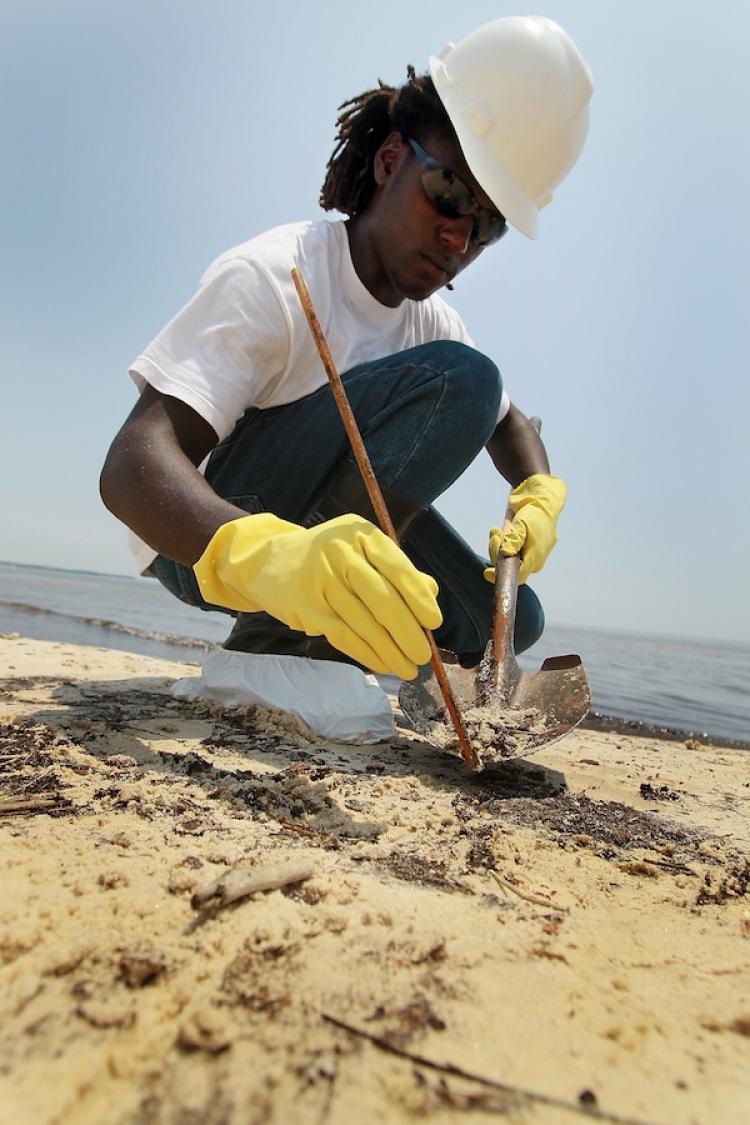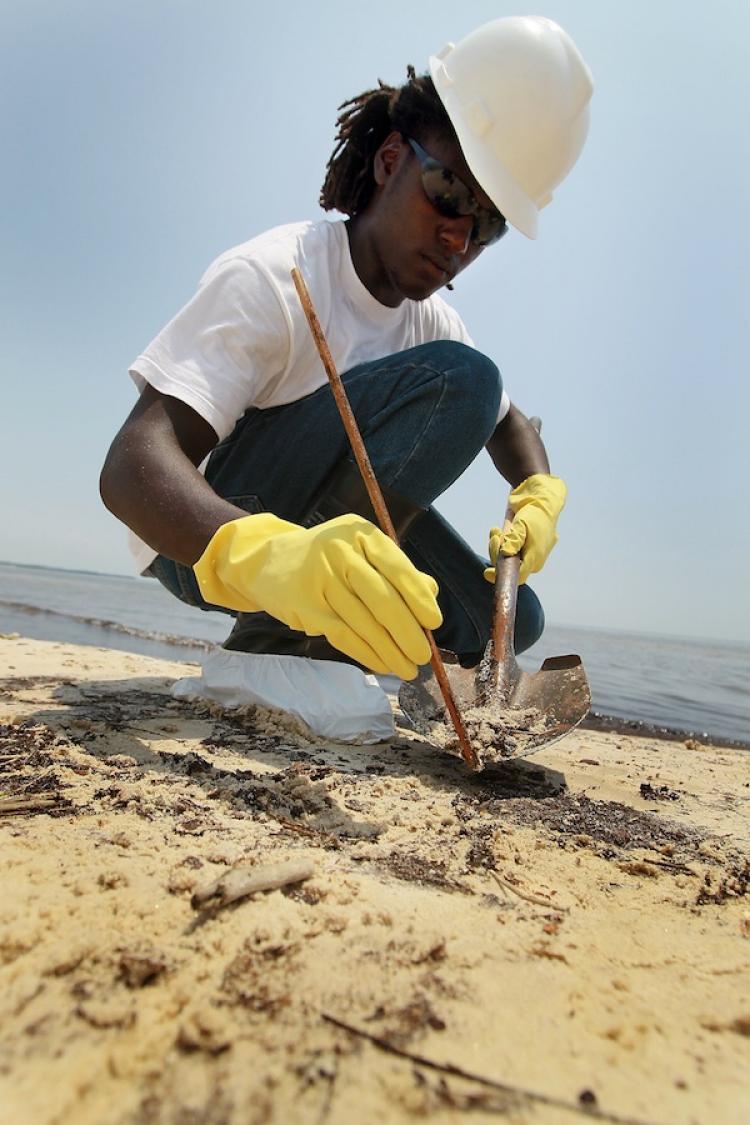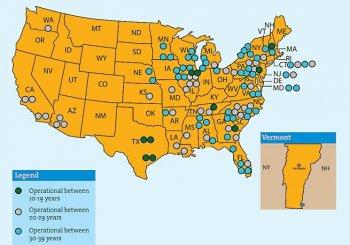BP’s newest effort for stopping the oil spill, known as the “capping stack” method, is going well, according to Coast Guard Commander Admiral Thad Allen. He is the government official in charge of the joint BP and government response to the Gulf of Mexico disaster.
The capping stack method initiated this Saturday required the removal of BP’s Lower Marine Riser Package (LMRP), which was, prior to its removal, capturing some of the flowing oil from the damaged blow out preventer (BOP).
As the LMRP was removed over the weekend, the rate of flow increased. However, good weather allowed for successful controlled burning of a portion of the flowing oil. Pipes connected from the BOP to the Q4000, a ship involved in the cleanup, were also working to take in some of the oil. The procedure was scheduled based on expected calm seas and favorable conditions.
BP replaced the LMRP with the capping stack because the new method is expected to contain a much larger portion of oil from the leak by closing passageways inside the capping stack and thus stopping the oil at the BOP level.
Two relief wells are being drilled to stop the oil, which has been flowing into the Gulf since April 20. They are expected to be completed in the first week of August.
The placement and installment of the capping stack is expected to take seven to ten days, according to Allen. At the same time, a vessel similar to the Q4000, called the Helix is also being set up to capture and funnel oil to the surface.
The capping stack method initiated this Saturday required the removal of BP’s Lower Marine Riser Package (LMRP), which was, prior to its removal, capturing some of the flowing oil from the damaged blow out preventer (BOP).
As the LMRP was removed over the weekend, the rate of flow increased. However, good weather allowed for successful controlled burning of a portion of the flowing oil. Pipes connected from the BOP to the Q4000, a ship involved in the cleanup, were also working to take in some of the oil. The procedure was scheduled based on expected calm seas and favorable conditions.
BP replaced the LMRP with the capping stack because the new method is expected to contain a much larger portion of oil from the leak by closing passageways inside the capping stack and thus stopping the oil at the BOP level.
Two relief wells are being drilled to stop the oil, which has been flowing into the Gulf since April 20. They are expected to be completed in the first week of August.
The placement and installment of the capping stack is expected to take seven to ten days, according to Allen. At the same time, a vessel similar to the Q4000, called the Helix is also being set up to capture and funnel oil to the surface.




